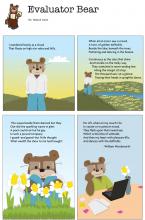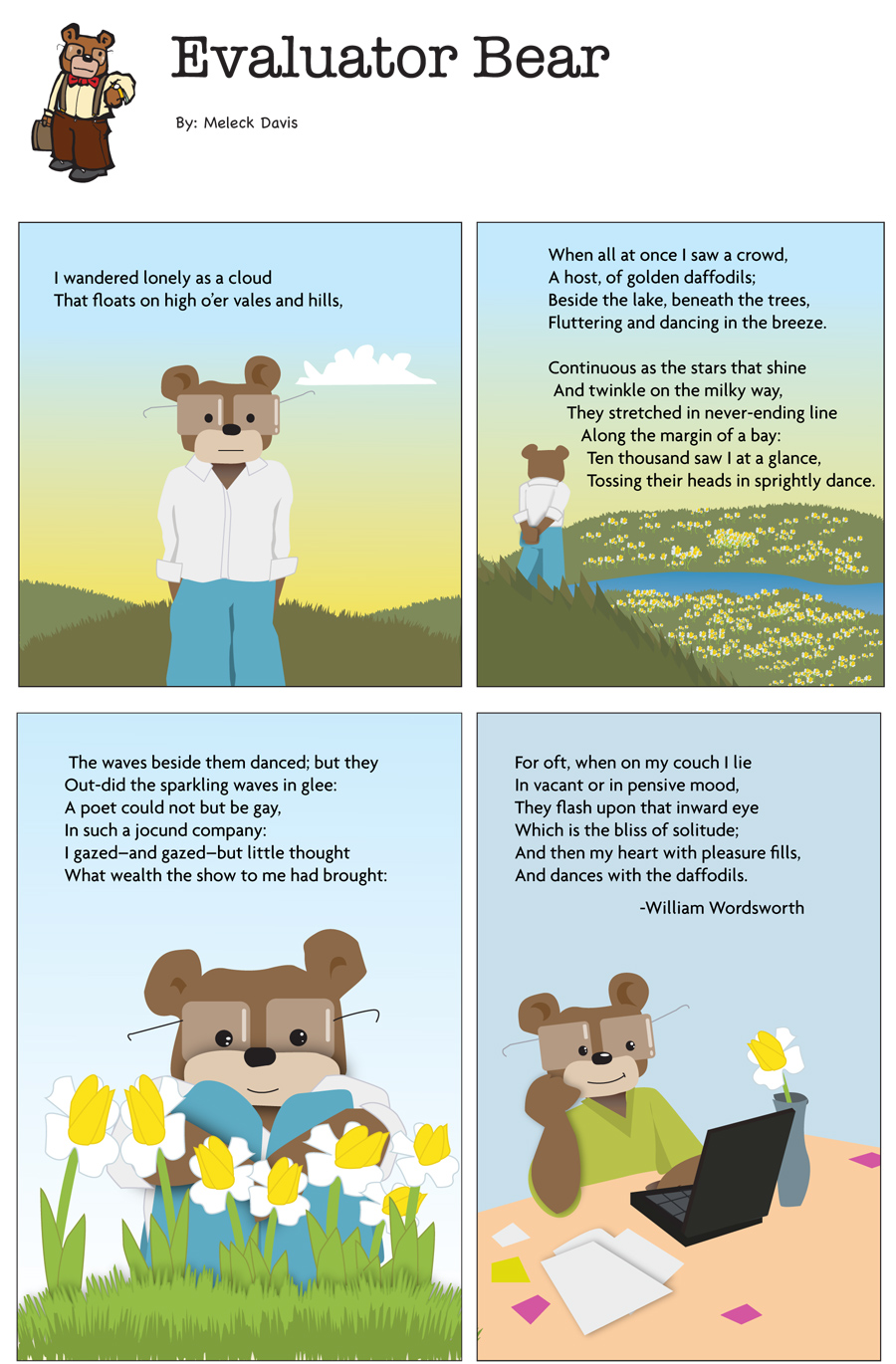Do you do client surveys? If so, do you quickly smile at the positive responses but give a lot of consideration – maybe even a twinge of obsession – to any negative answers, like I do?
We recently closed our yearly client survey and already gathered to review results and think about implications for our work. We heard some wonderful feedback:
- Our clients rated us between excellent (83%) and good (17%) on being responsive to their needs
- Our clients also rated us very highly in timeliness, our ethical standards, and in working respectfully with other stakeholders.


